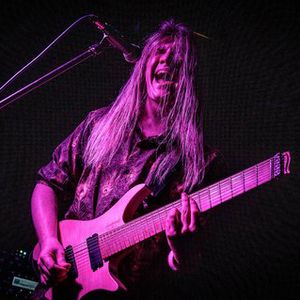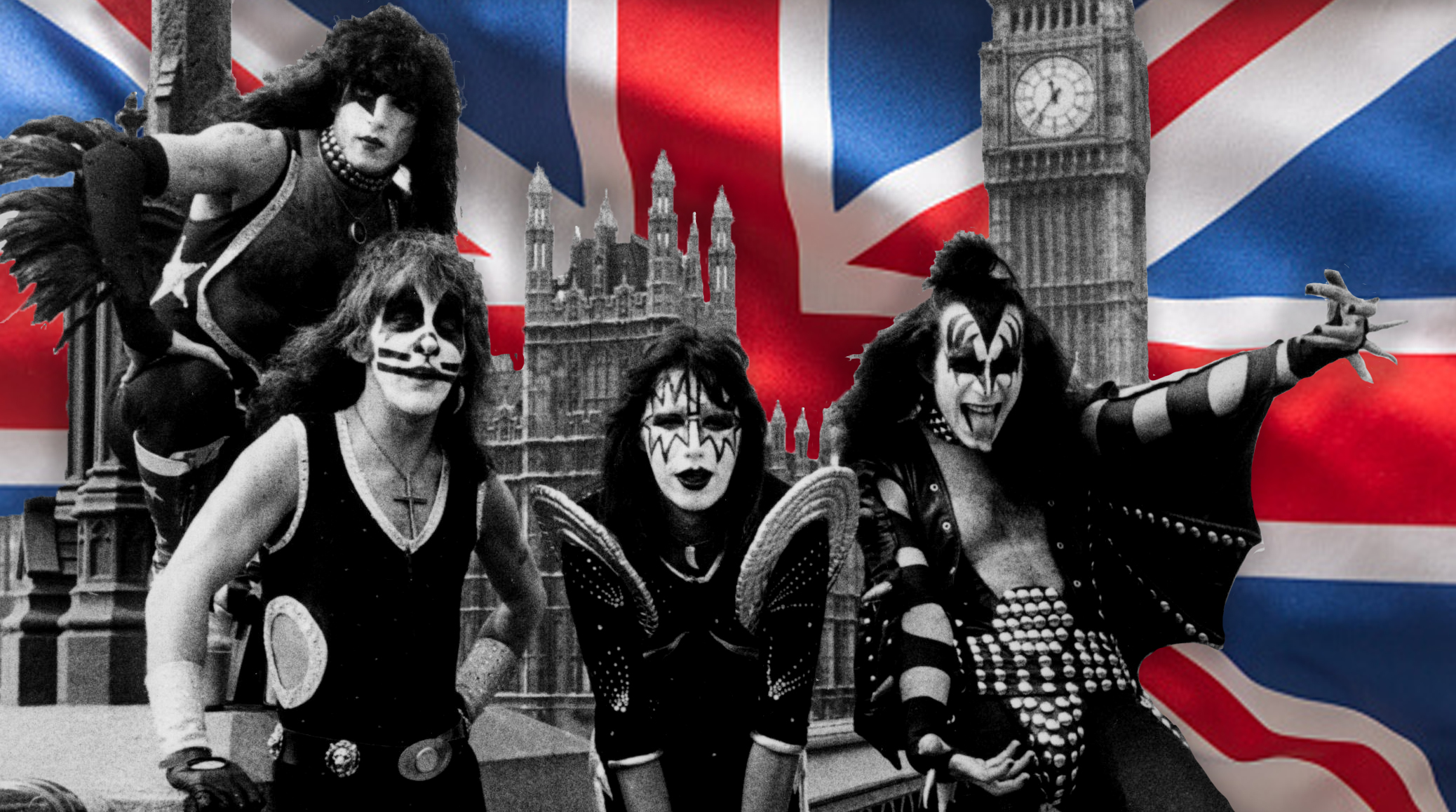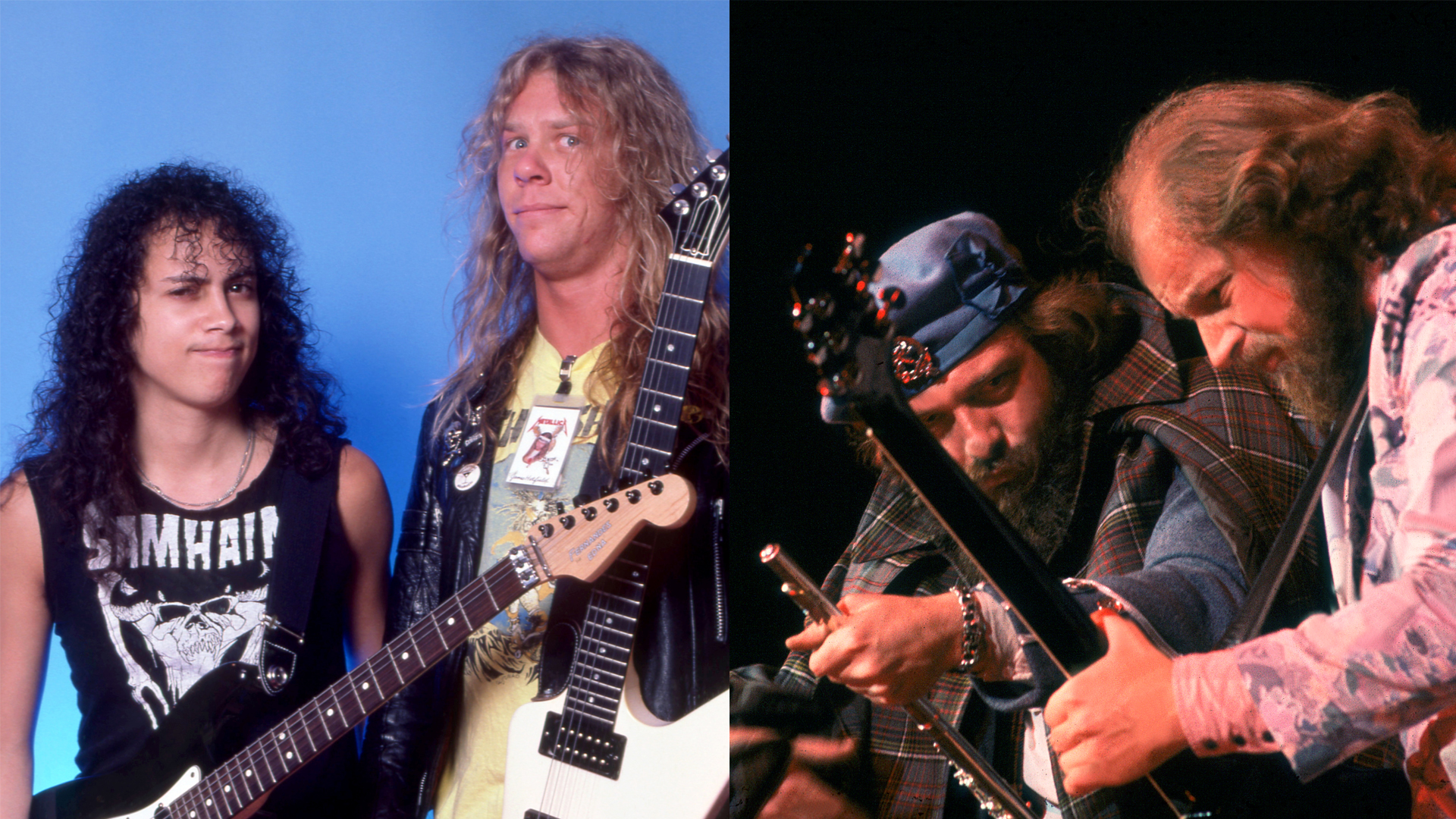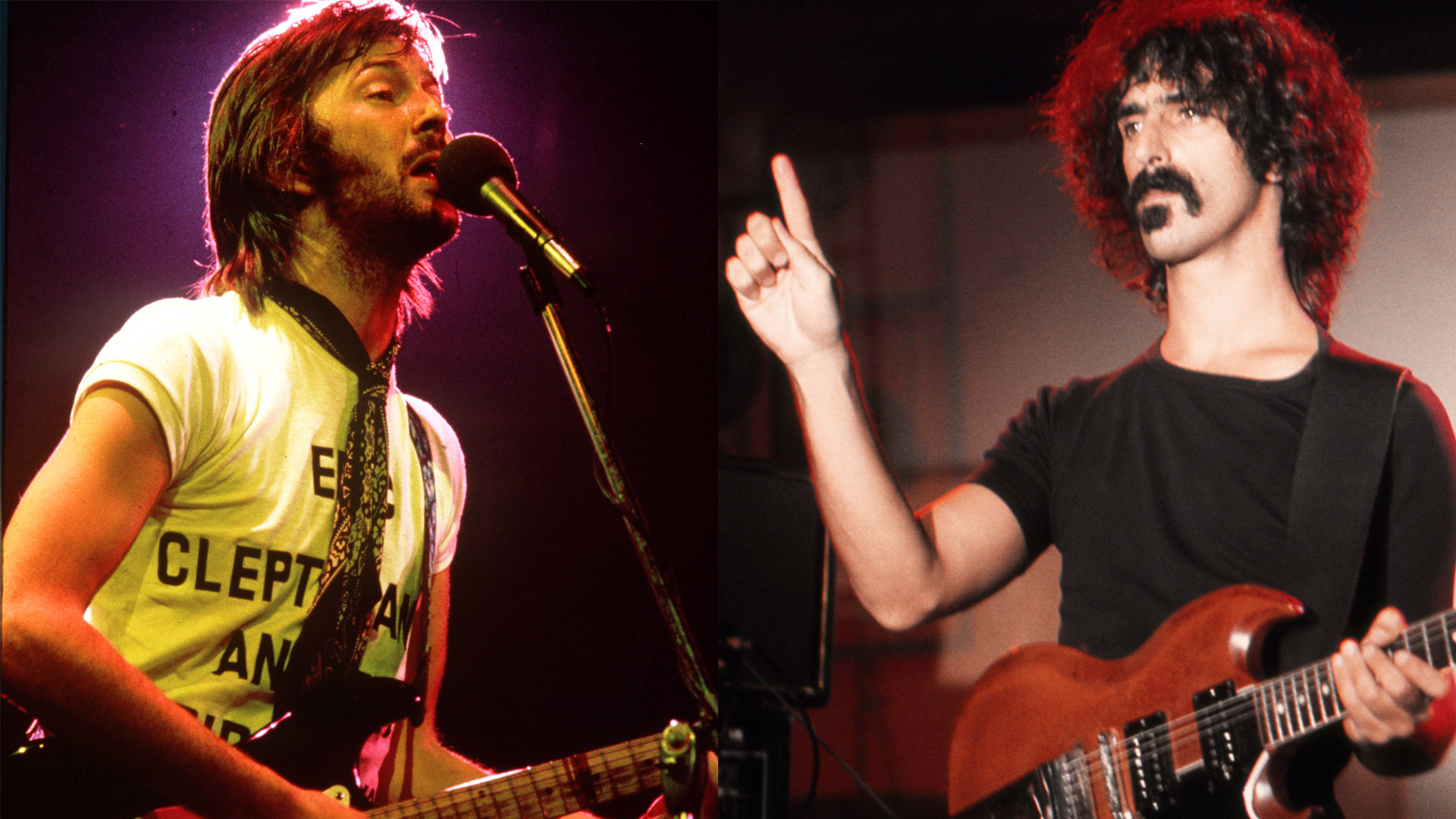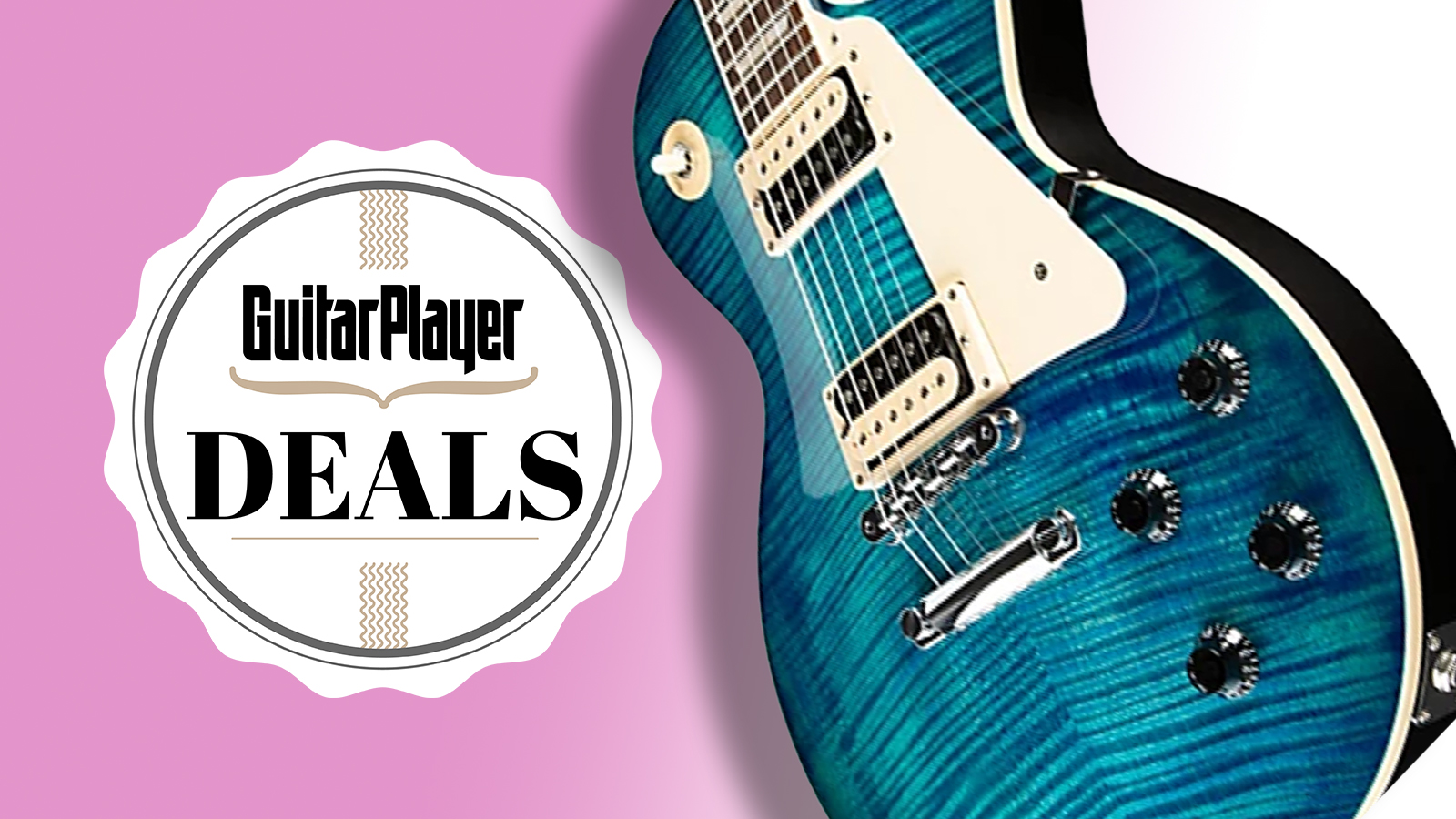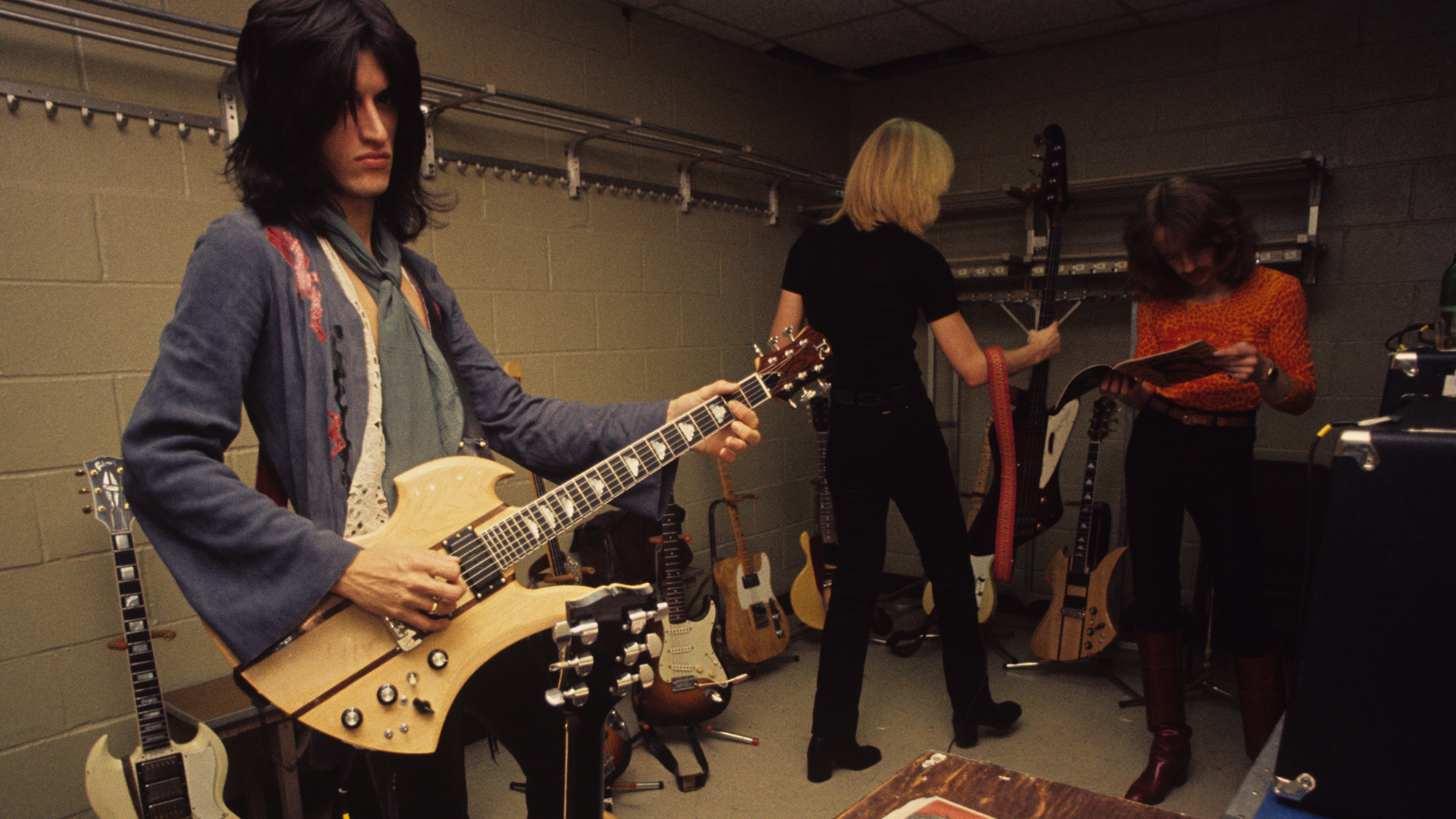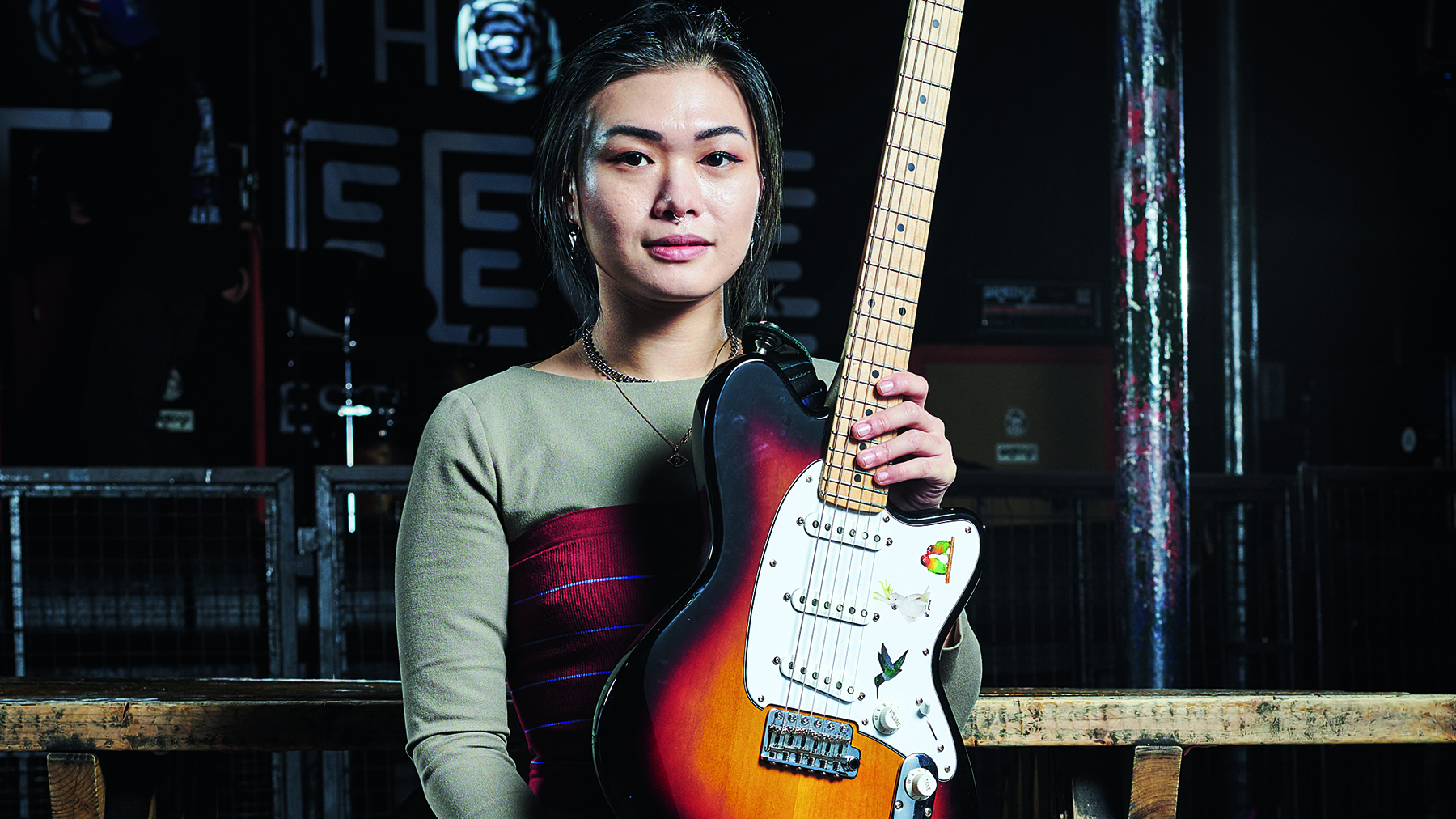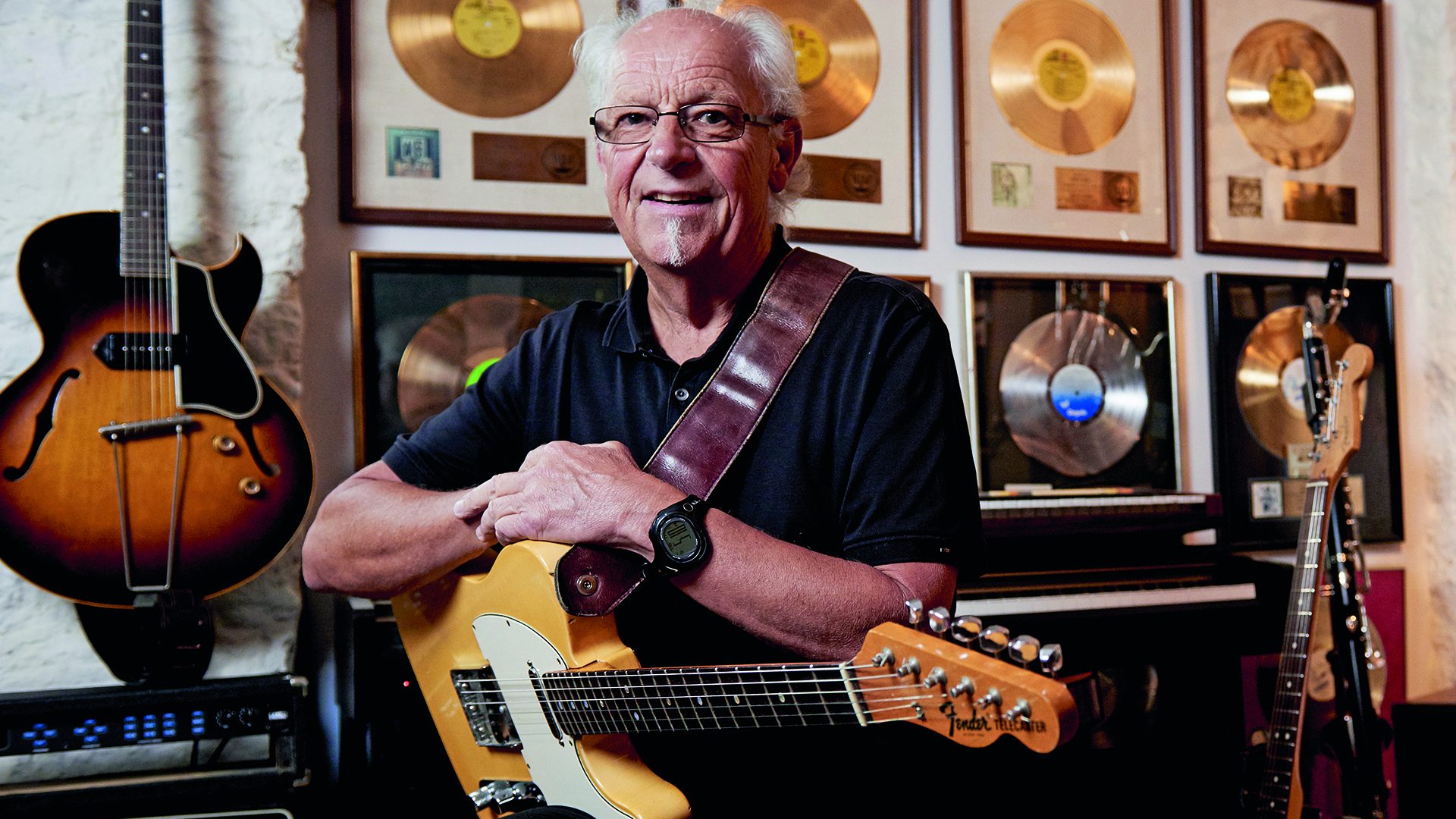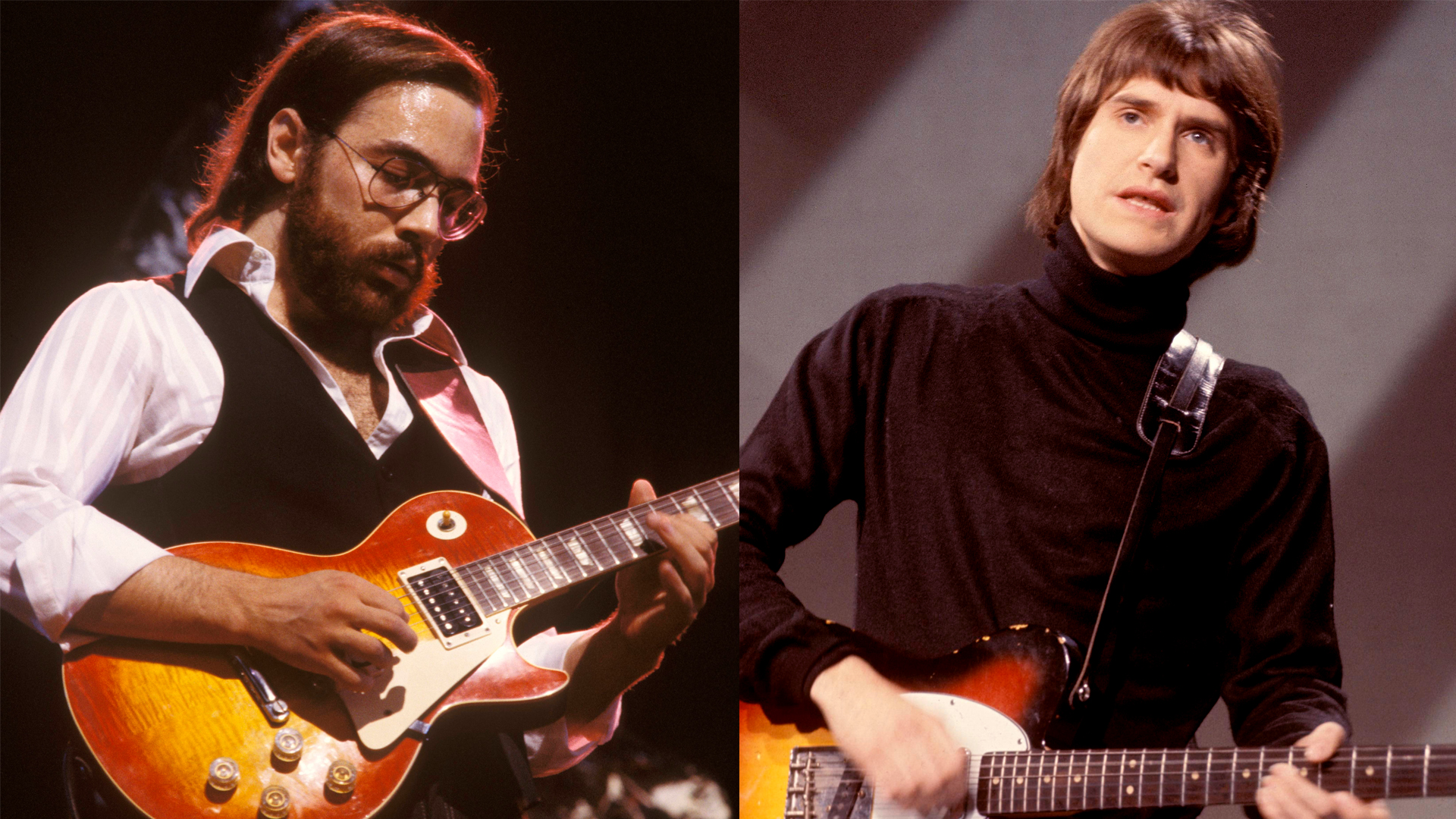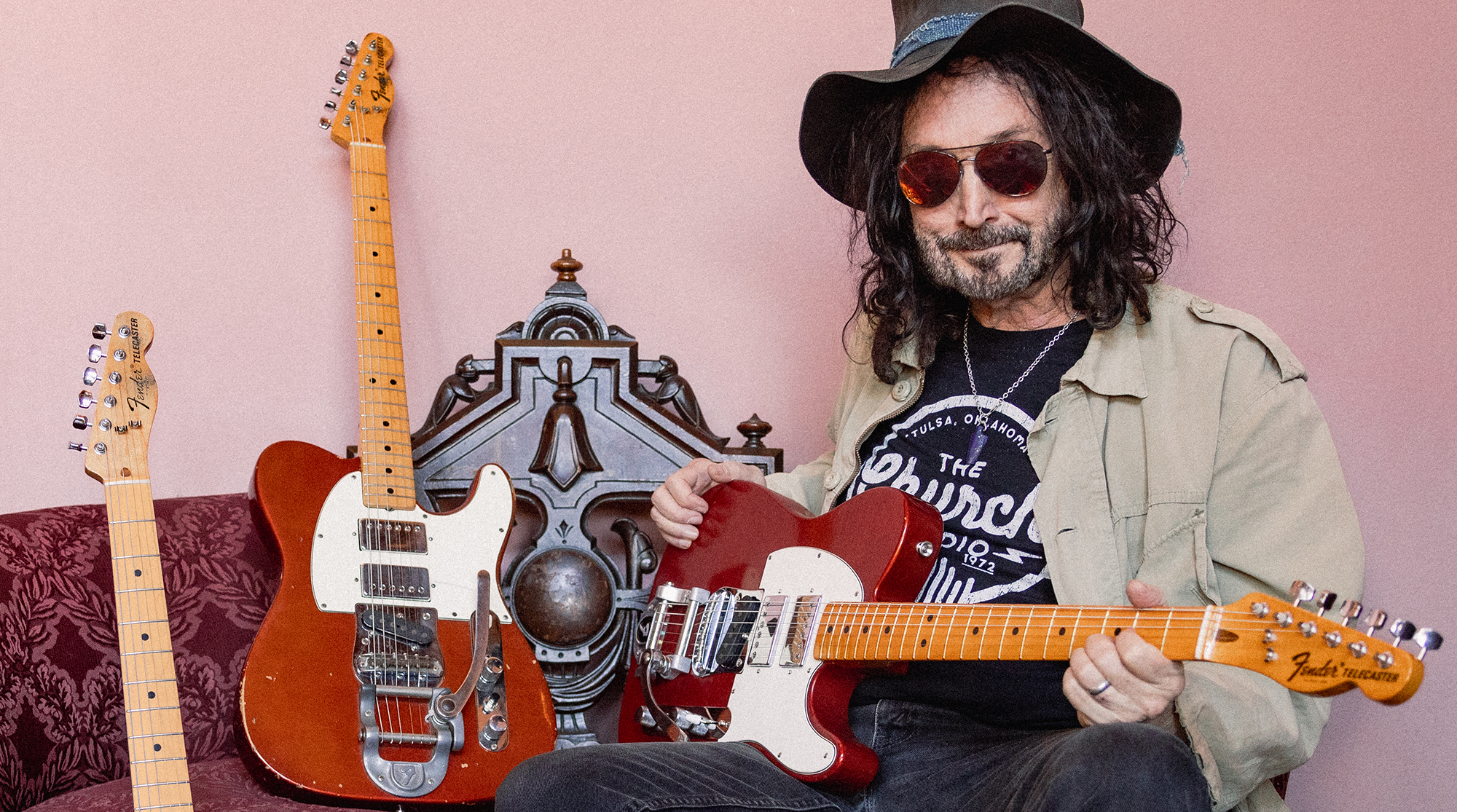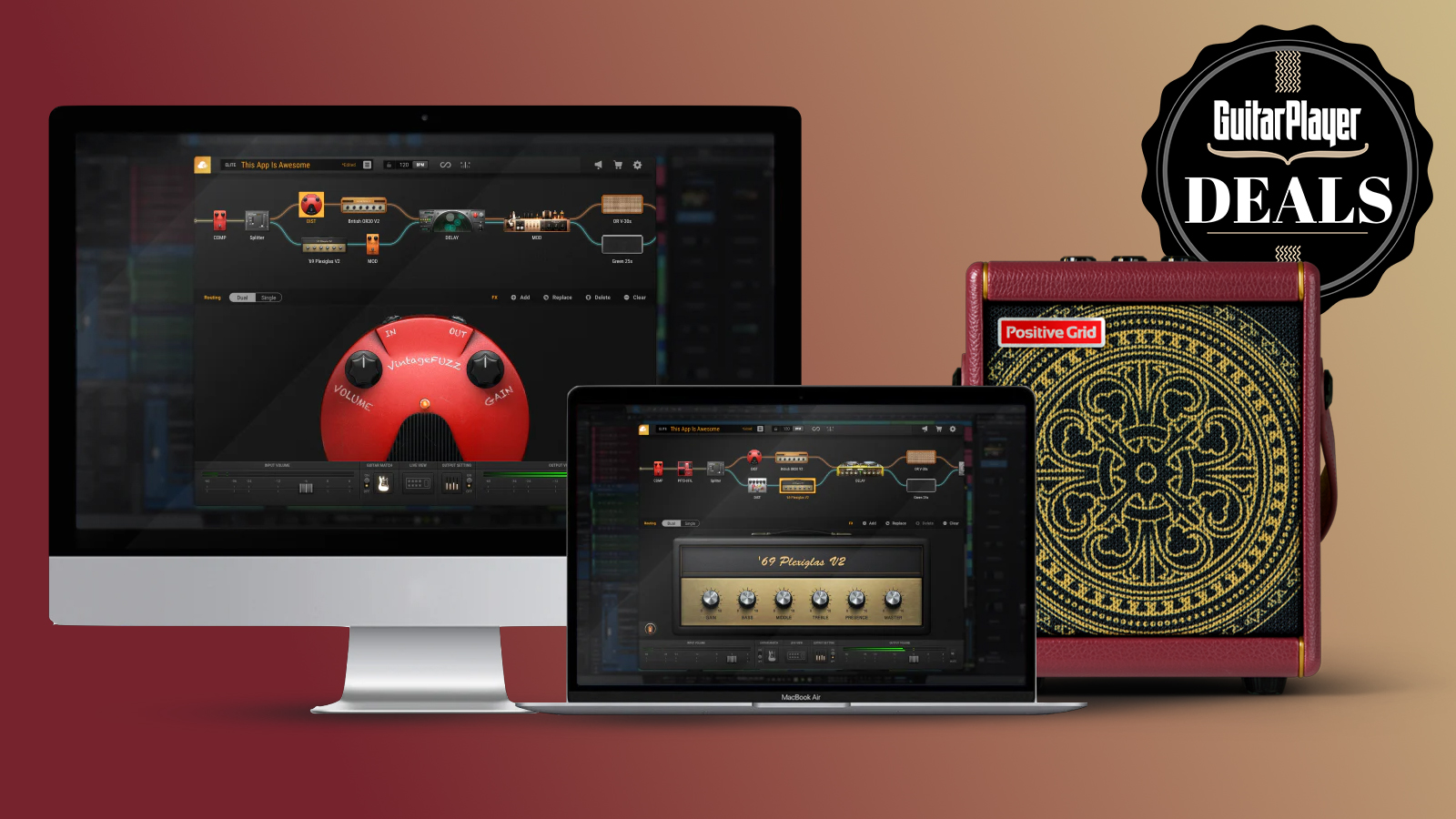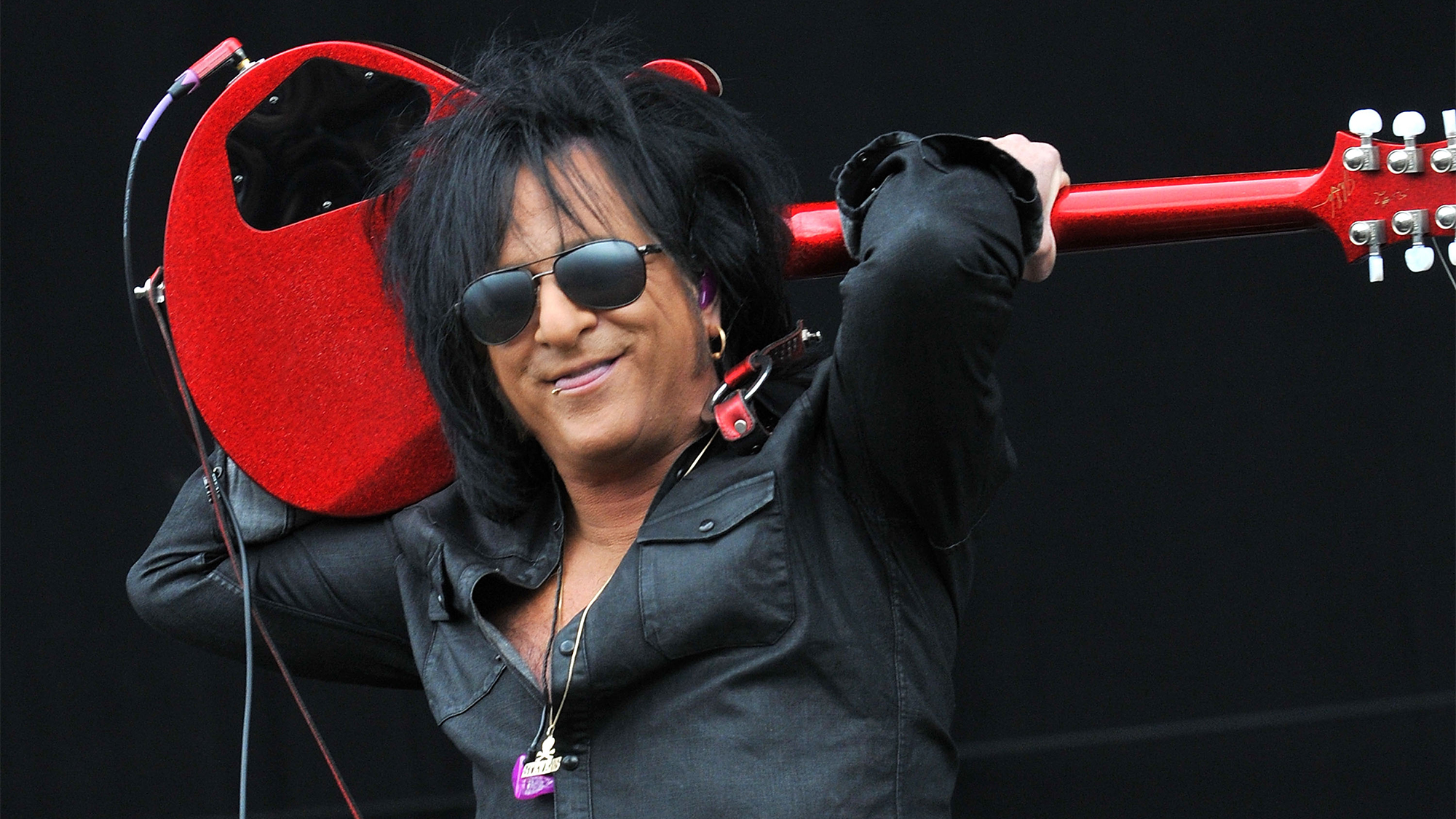“I’d always worshipped Steve, and whenever he made a move, I would be right on it.” How a 20-year-old hot-shot guitarist convinced Eric Clapton to switch from Les Pauls to Fender Strats
Having made his name with the Gibson brand in the mid to late 1960s, Clapton made the dramatic switch in the ‘70s and hasn’t looked back since
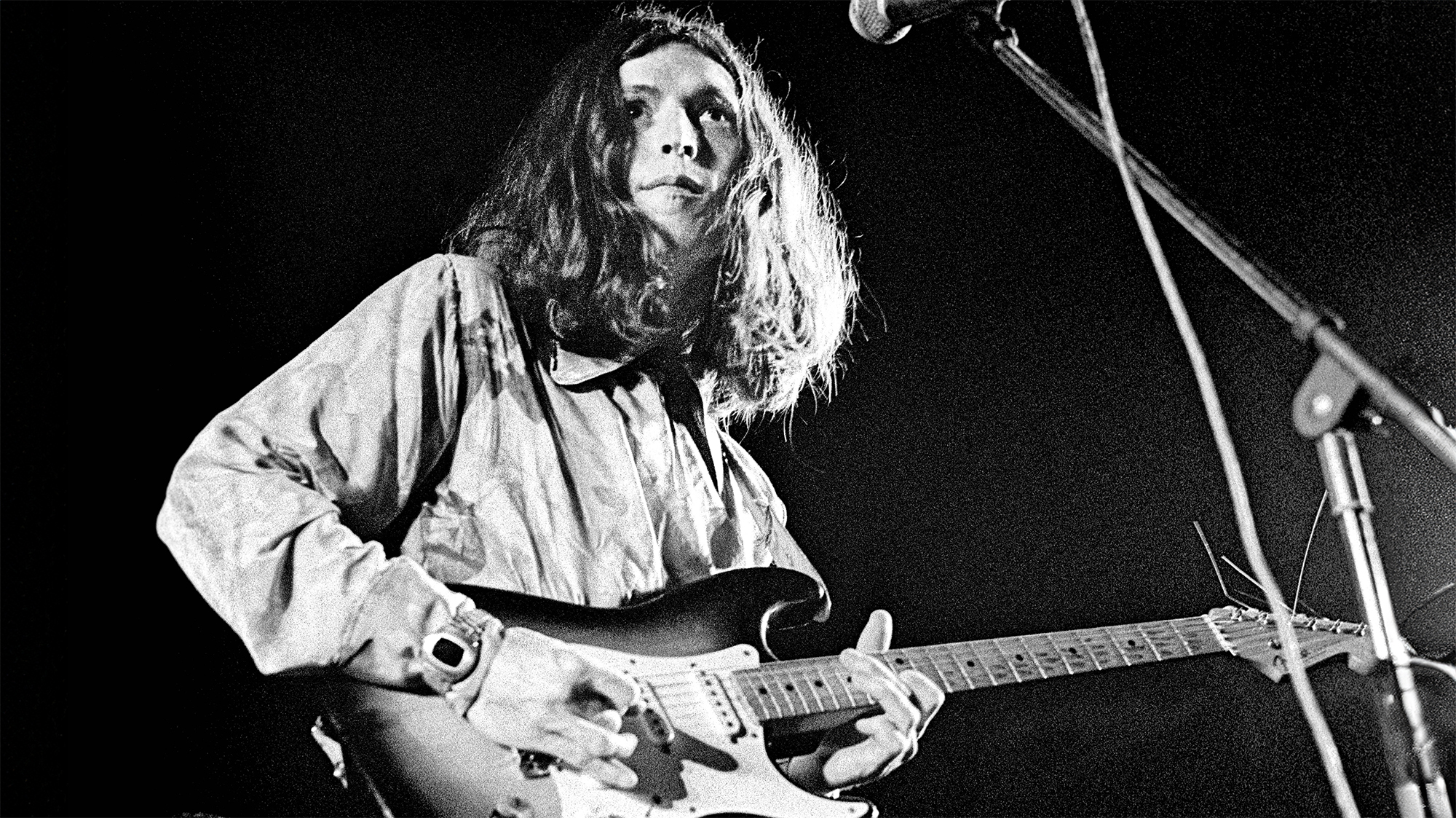
Eric Clapton earned the moniker "God" with a Gibson Les Paul Standard in his hands. It was his guitar of choice during his mid-1960s stint with John Mayall's Bluesbreakers, and the Gibson brand remained close to his heart as he transitioned into Cream and began playing a Gibson SG alongside a Cherry Red ES-335 and a Firebird.
But glance through Slowhand's early solo catalog and you'll find him make a decisive shift to the Fender Stratocaster in 1970. There's one right there — his "Brownie" Strat — between his legs on the cover of his self-titled solo debut from that year, and it's there again on the back cover of Derek and the Dominos' Layla and Other Assorted Love Songs.
You might think Jimi Hendrix was responsible for that shift. After all, Clapton was, like many of his peers, enamored of Hendrix and his flamboyant style.
But in fact it was Steve Winwood — Clapton's Blind Faith bandmate — who led him from Gibson to Fender, simply by showing up onstage with a Strat hanging from his shoulders.
Without a doubt, Clapton's affinity with the Les Paul ran deep. His Les Paul Standard had a starring role on the back cover of the Blues Breakers With Eric Clapton album, helping to secure that model's place as a desirable and highly collectible vintage guitar. (His triple-humbucker 1958 Gibson Les Paul Custom meanwhile, which is now in the possession of Albert Lee, has a smorgasbord of its own stories to tell.)
Yet is was Winwood's influence that led him to the more workmanlike Strat.
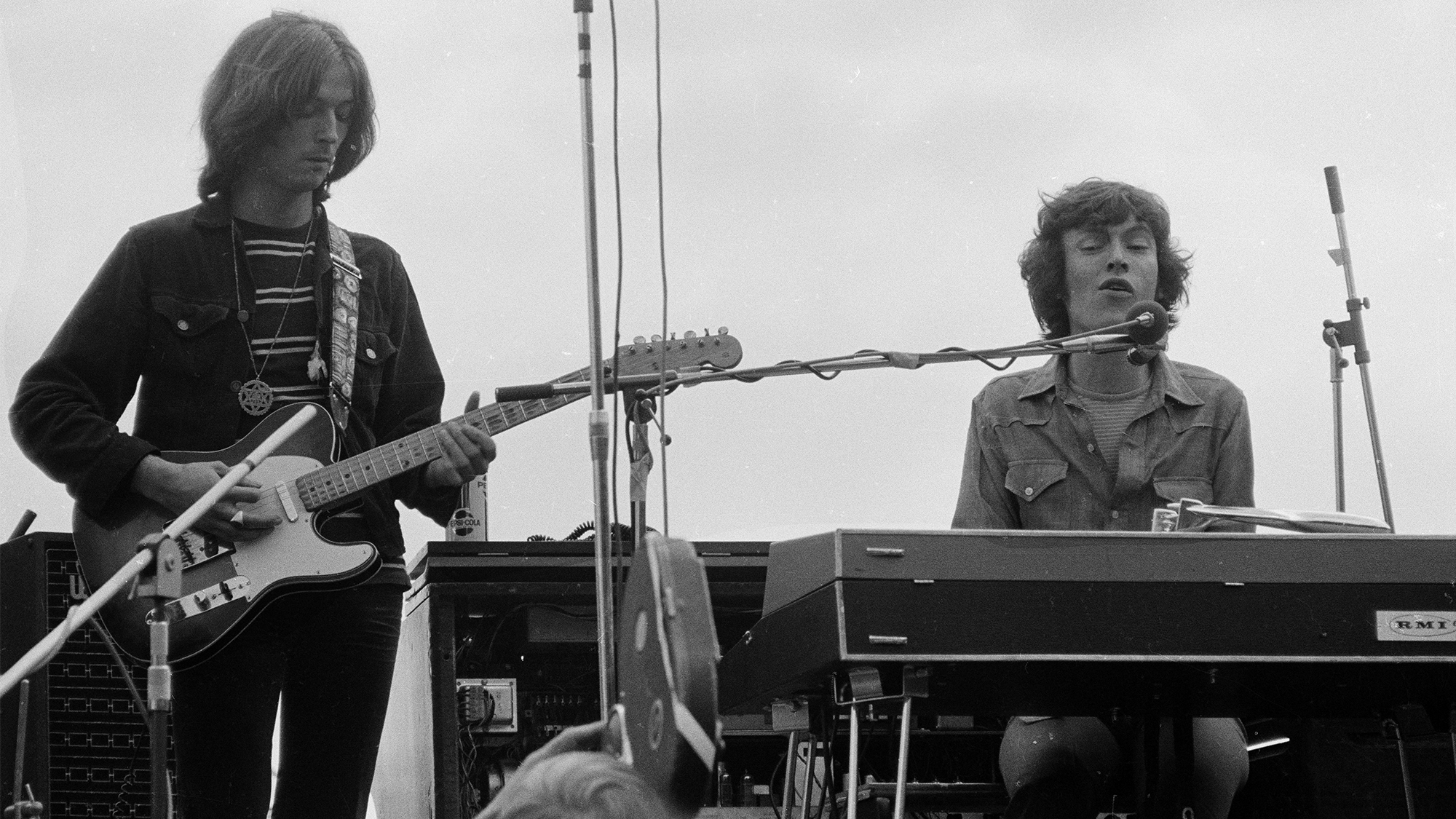
But why Winwood? In the late 1960s, he had established himself as a talented singer, keyboard player and guitarist before he was out of his teens. His work with a pair of influential bands — the Spencer Davis Group and Traffic — had made him a star and brought him to the attention of notables like Hendrix, who recruited the then 19-year-old multi-instrumentalist to play organ on "Voodoo Chile," on Electric Ladyland.
Get The Pick Newsletter
All the latest guitar news, interviews, lessons, reviews, deals and more, direct to your inbox!
He was on Clapton's radar as well, and he took note of Winwood's guitar of choice: the Fender Stratocaster.
“I saw Steve Winwood playing one, and something about that really did it for me," Clapton told Guitar World in 1994. "I’d always worshipped Steve, and whenever he made a move, I would be right on it. I gave great weight to his decisions because to me he was one of the few people in England who had his finger on some kind of universal musical pulse.
“I went to see him at the Marquee in London, and he was playing a white-necked Strat, and there was something about it.”
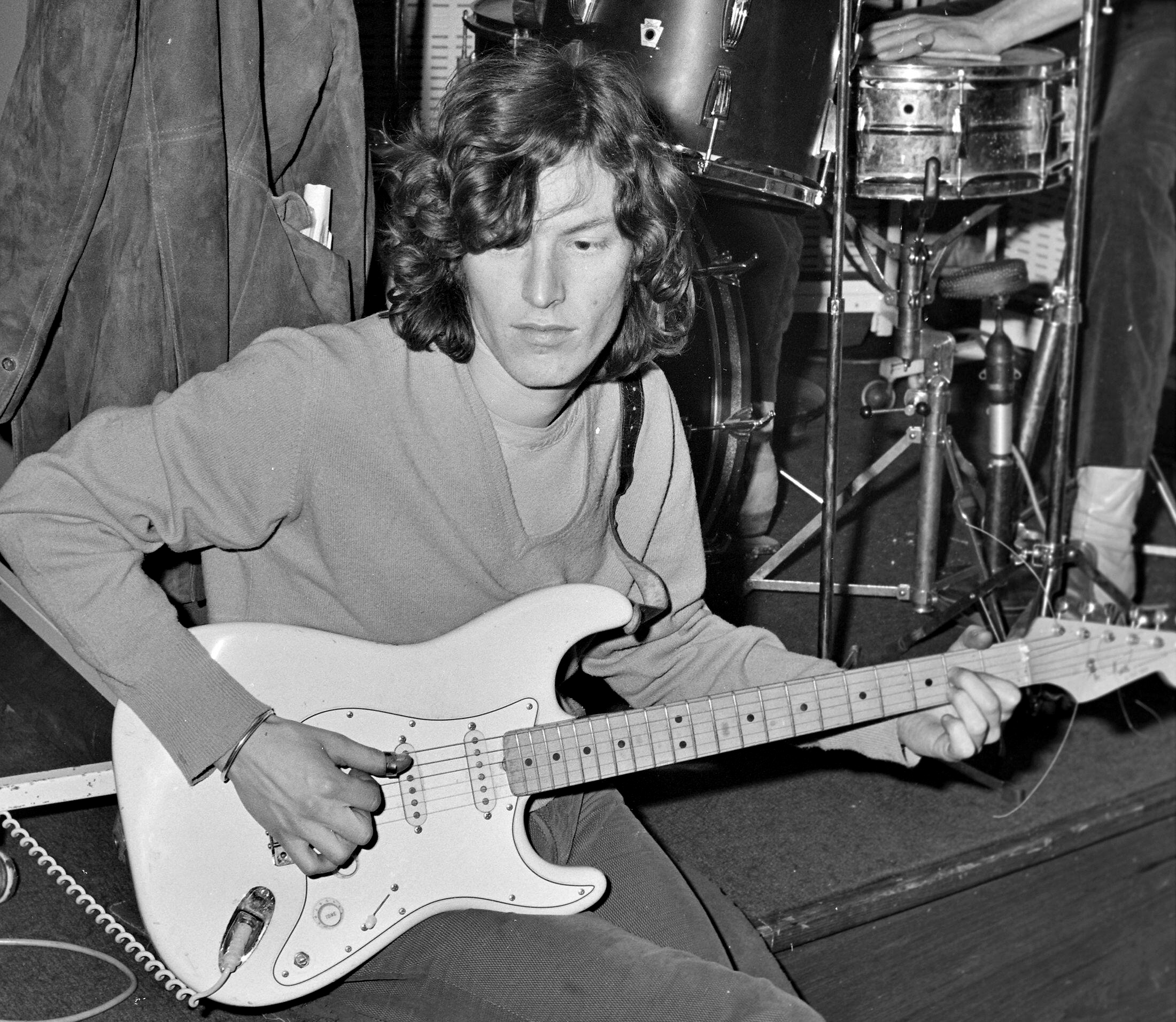
Traffic played the Marquee a few times in 1968, and it's likely that this is when Clapton saw the now 20-year-old performer using a Strat.
Clapton and Winwood connected to form Blind Faith in 1969, but the guitarist hadn't yet moved fully away from his Gibsons. Although he played a Fender Telecaster — the model he mostly played during his tenure with the Yardbirds — at Blind Faith's concert in London's Hyde Park on June 7, 1969, he didn't make the switch to his "Brownie" Strat until early 1970, when he began performing with Delaney & Bonnie and Friends, who in turn supported him on Eric Clapton.
But while Brownie figured in the Derek and the Dominos sessions, Clapton wouldn't become a committed Strat player until after the death of Jimi Hendrix in September 1970. Hendrix's impact on the British blues scene was monumental and deeply affected the careers of Clapton, it Jeff Beck and Pete Townshend.
As Clapton detailed in a 1994 interview with Guitar World, the virtuoso’s passing made him consider the Stratocaster in a deeper way.
"Once he wasn’t there any more, I felt like there was room to pick it up," he said.
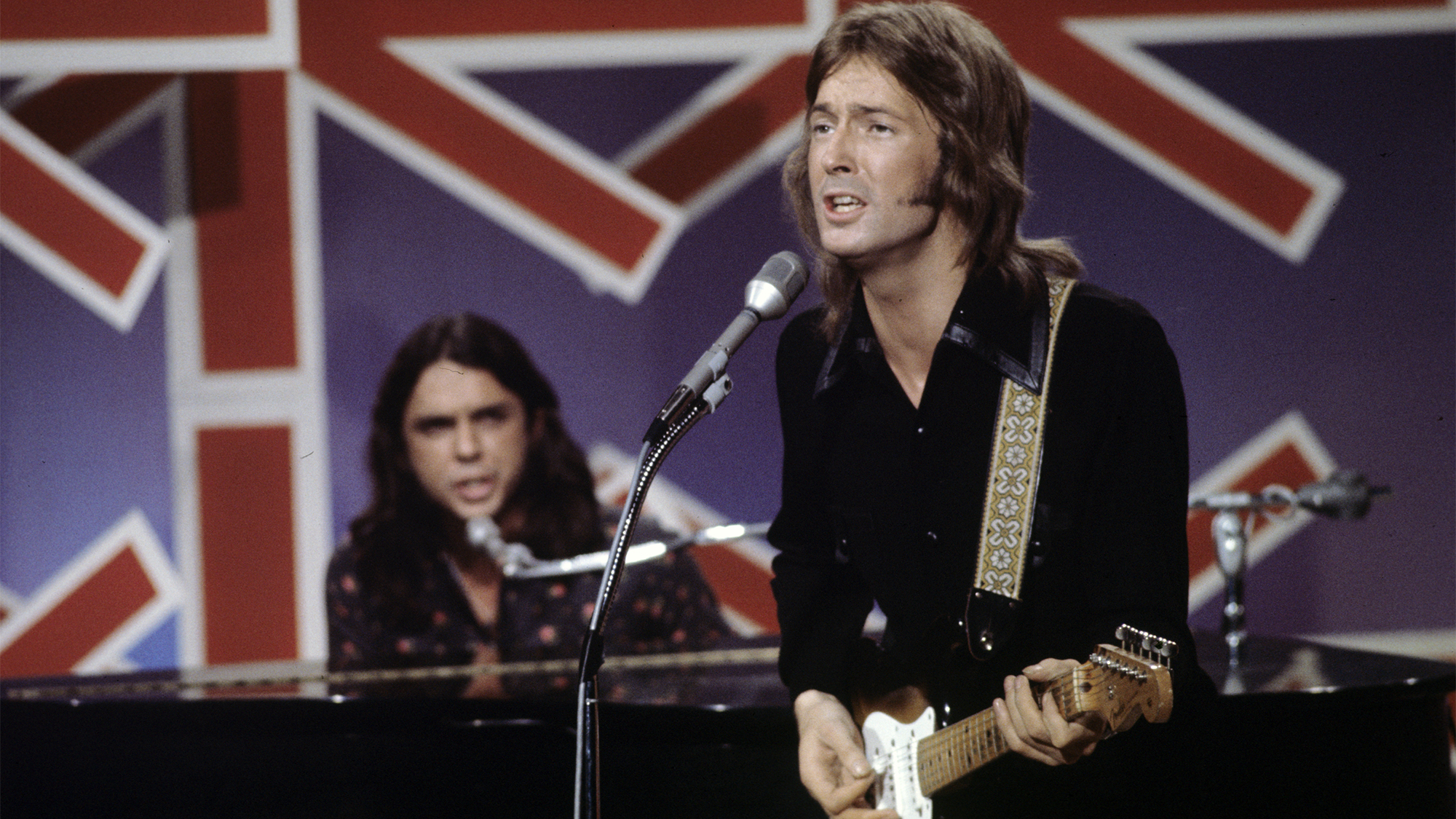
It was shortly after Hendrix's death, while the Dominos were touring, that Clapton went all in.
“I was in Nashville and I went into this shop called Sho-Bud where they had stacks of Fender Strats going for virtually nothing because they were so unfashionable and unwanted,” he told MusicRadar in 1994.
“I bought a big pile of them all for a song — they were really cheap, like $300 or $400 each — and I took them home and gave them out. I gave Steve [Winwood] one, I gave Pete Townshend one, I gave George Harrison one and I kept a few, and I made Blackie out of a group of them.
“I took the pickups out of one, the scratchplate off another, the neck off another and I made my own guitar, like a hybrid guitar that had all the best bits from all these Strats.”
Clapton would go on to wield Blackie for much of his solo career, including at his iconic Live-Aid performance, until it was time to retire it. “Yeah, I wore it out," he told Music Radar. "It’s pretty well inaccessible now.”
In related news, Martin Guitars, meanwhile, has reissued the acoustic he used for his MTV Unplugged performance which helped change the luthier’s fortunes. There's also a cheaper version for those who can't afford the $10,000 asking price.
A freelance writer with a penchant for music that gets weird, Phil is a regular contributor to Prog, Guitar World, and Total Guitar magazines and is especially keen on shining a light on unknown artists. Outside of the journalism realm, you can find him writing angular riffs in progressive metal band, Prognosis, in which he slings an 8-string Strandberg Boden Original, churning that low string through a variety of tunings. He's also a published author and is currently penning his debut novel which chucks fantasy, mythology and humanity into a great big melting pot.
"He goes to England and all of a sudden he's on the floor humping his guitar!” Gene Simmons tells how he, Paul Stanley and Ace Frehley followed Jimi Hendrix's lead and gave Kiss some British swagger
“I was home with the family and I got a phone call saying, 'You've won a Grammy.' We were like, 'You've got to be kidding?'” Martin Barre recalls Jethro Tull’s famous Grammy triumph over Metallica 36 years on
